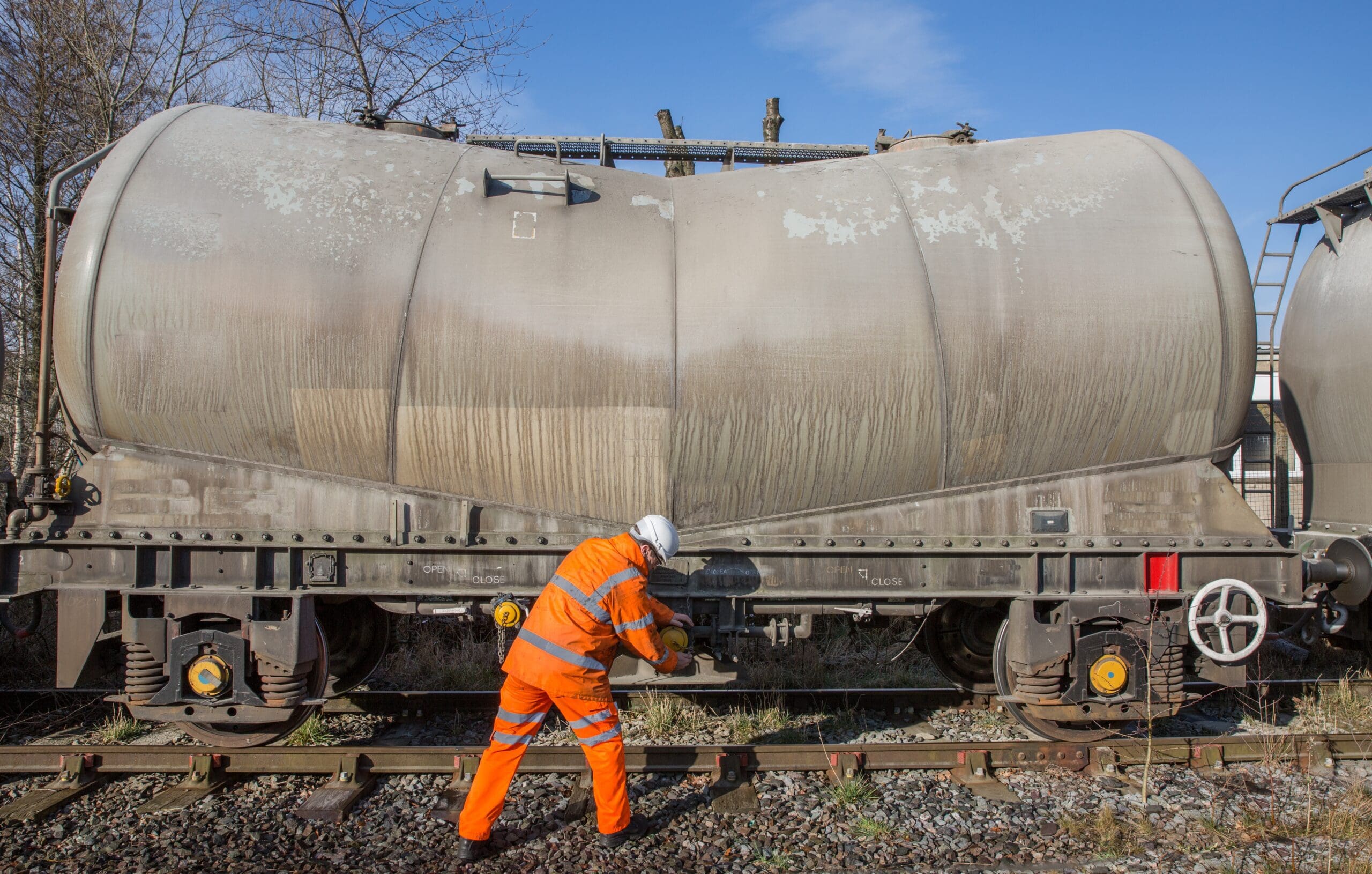Pulmonary Fibrosis Caused by Railroad - How to Get a Settlement
A lawsuit won't alleviate your pain or suffering and will not bring back a lost loved one. However, the Federal Employers Liability Act may be able to hold railroads accountable. Railroads who knew about asbestos lung cancer, pulmonary fibrosis, and mesothelioma dangers but did not do anything about them could be held liable.
mds caused by railroad how to get a settlement requires an accurate diagnosis as well as a detailed work history. An experienced attorney can help with these issues.
What is Pulmonary Fibrosis?
The lung disease pulmonary fibrosis causes scar tissue to build up in the lung. The scar tissue makes it difficult to breathe as it damages the connective tissue that connects the air sacs (alveoli) in the lungs. It also hinders the flow of oxygen from these alveoli to the bloodstream when you breathe. This deficiency in oxygen with the stiff, hardened scar tissue may cause symptoms such as shortness of breath particularly when you exercise or work.
Symptoms may come and go with time, based on the person. People with pulmonary fibrosis have mild symptoms that slowly increase over time. Some suffer from more severe symptoms that become worse rapidly.
The condition can also make you more vulnerable to infections since it makes your immune system weaker. Therefore, it is important to eat well, workout regularly and keep up with your vaccinations.
There is no cure for pulmonary fibrosis but some treatments may improve your health and reduce the progress of the disease. They include pirfenidone Esbriet and nintedanib Ofev. These drugs can help slow lung damage. Other options for treatment include lung transplant surgery, pulmonary rehabilitation and oxygen therapy. Doran and Murphy PLLC represents railroad workers who have developed pulmonary fibrosis from exposure to dust and fumes at work, which include asbestos, silica, and metal dust, and fumes from welding and cutting steel rail.
What is the cause of Pulmonary Fibrosis?

Pulmonary fibrosis causes scarring that affects the lung. It damages lung tissues, which reduces the amount of oxygen in bloodstreams.
mds caused by railroad how to get a settlement is progressive, and symptoms worsen as the scarring becomes more severe. aml caused by railroad how to get a settlement 's not reverseable, but treatments can improve your quality of life and slow down the progress of the disease.
Smoking is the leading cause of pulmonary fibrosis, however there are other causes too. Exposure to harmful chemicals or environmental contaminants, such as toxic gasses and chemical fumes, can also cause fibrosis.
Smokers build up carbon deposits reminiscent of tar in their lungs which increase the likelihood of contracting this disease. Other risk factors include air pollution, emphysema and a variety of other diseases.
The most common symptoms of pulmonary fibrillation are a dry cough that doesn't disappear, and a shortness in breath, particularly when performing physical activity. Some people overlook these signs or assume they are caused by getting older. However, the problem is likely to get worse over time.
A doctor can detect lung fibrosis based on medical history and a physical examination. They can listen to your lungs through the stethoscope and look at an X-ray or high-resolution CT scan for any abnormalities such as honeycombing patterns, ground glass opacities and fine lines, which are called reticulations. They can also measure how much oxygen is absorption by your body and assess the blood pressure in your lungs.
How do I obtain an settlement for pulmonary fibrisis?
If you worked for a railroad and have been diagnosed with lung cancer or fibrosis, or any other kind of chronic illness serious due to the constant exposure to toxic substances on the job you are entitled to make a claim under Federal Employers Liability Act. A pulmonary fibrosis settlement can be used to pay for medical expenses, loss of income and long-term disability as well as other expenses.
Railroad companies have exposed their workers to dangerous workplace chemicals, like asbestos, as well as other carcinogenic chemicals throughout history. Inhaling and inhaling the toxic fumes and dusts put employees at a high chance of developing respiratory diseases like idiopathic Pulmonary Fibrosis lung cancer, idiopathic pulmonary fibrosis, and mesothelioma.
Railroads exposed their employees to hazardous substances without warning them or providing them with protective equipment. Many have been affected by these debilitating diseases, and some have even lost loved ones. If you've been diagnosed with pulmonary fibrosis. Contact our railroad fibrosis lawyers today to find out how we can help.
Contact Us Today
If you've been diagnosed with a lung disease such as pulmonary fibrosis, or if your loved ones have passed away due to mesothelioma and other lung disease that is linked to railroad exposure, our Virginia attorneys might be able to help. We represent railroad workers who have suffered injuries and their families in accordance with a federal law referred to as the Federal Employers Liability Act (FELA).
We have accumulated thousands of pages of documents that prove that railroads were aware decades ago that exposure to asbestos, diesel exhaust and other dusts and fumes could cause serious lung injury. Many railroads did not adequately warn workers or provide respiratory protective equipment. Some railroads continued to use asbestos and other harmful substances long after it was clear that the material was causing tens of thousand of railroad workers to become sick or even to die.
Lung diseases like mesothelioma or fibrosis can take 20-30 years to produce symptoms. This makes drawing a direct connection between a person's working history and the lung disease a difficult. An experienced attorney can assist ill railroad workers and their grieving relatives put together the details of their work history and connect it with the diagnosis of lung disease.
Contact us for more information about what we can do to help you. An attorney can also help you apply for benefits from the government that could be available to help with your care costs.
